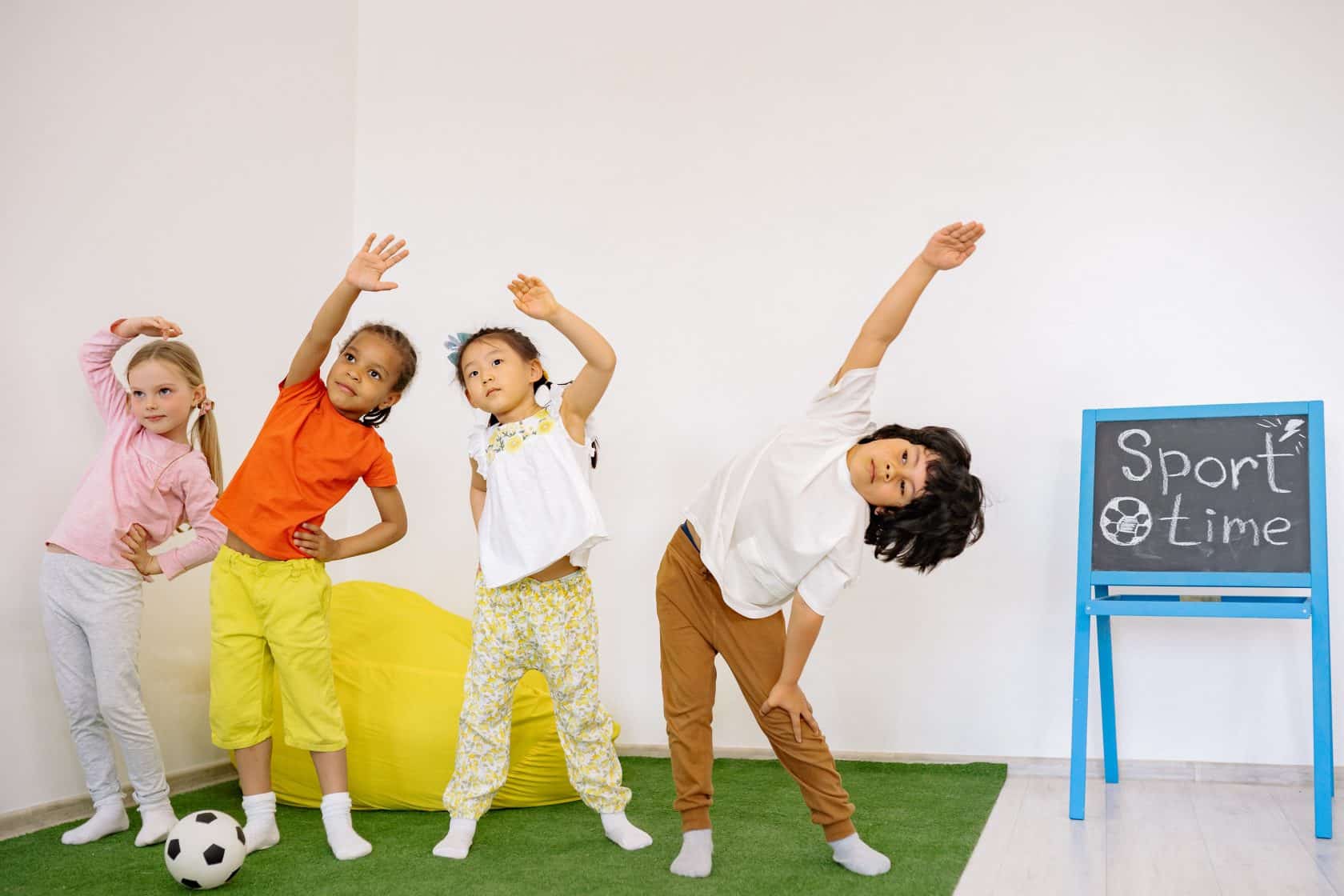To help a child like Billy improve his gross motor skills, balance, and coordination, as a therapist or teacher, you can focus on the vestibular system. Here’s how:
- Explain the vestibular system to Billy using simple language.
- Encourage activities that stimulate the vestibular system, like spinning, rocking, or swinging.
- Gradually increase the intensity and complexity of these activities to challenge his system.
- Use games involving speed, direction changes, and position shifts, such as playing catch while standing on one leg or using a balance board.
- Combine the vestibular system with other senses, like balancing on a beam while catching a ball or jumping on a trampoline while tracking a moving target.
By incorporating vestibular activities, you can help Billy improve his balance, coordination, and overall physical abilities, supporting his development and well-being.














